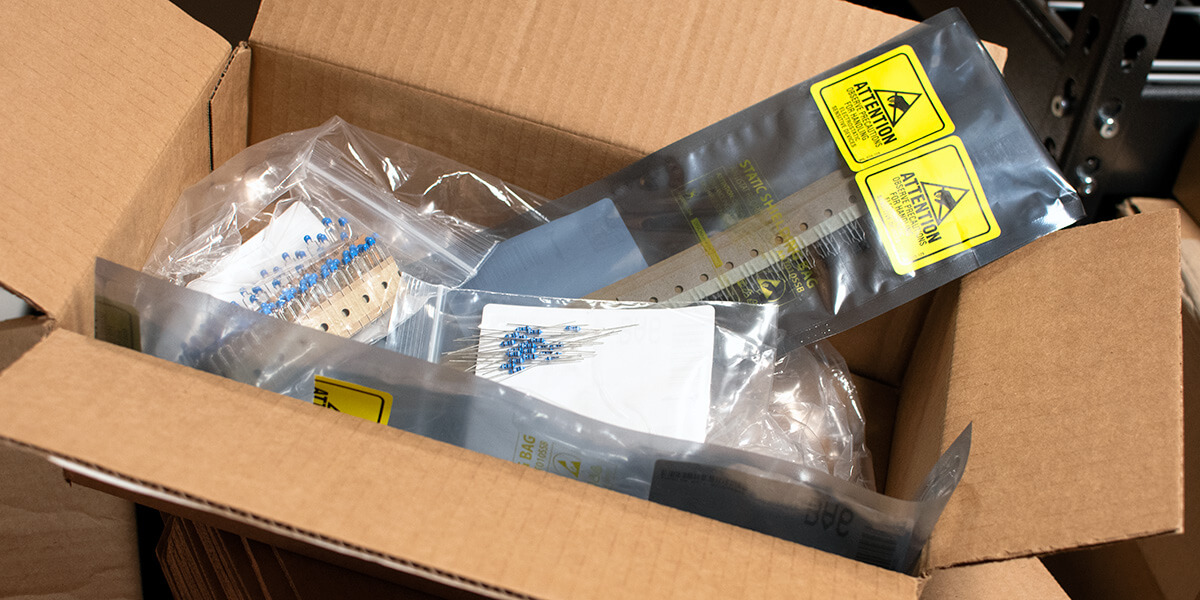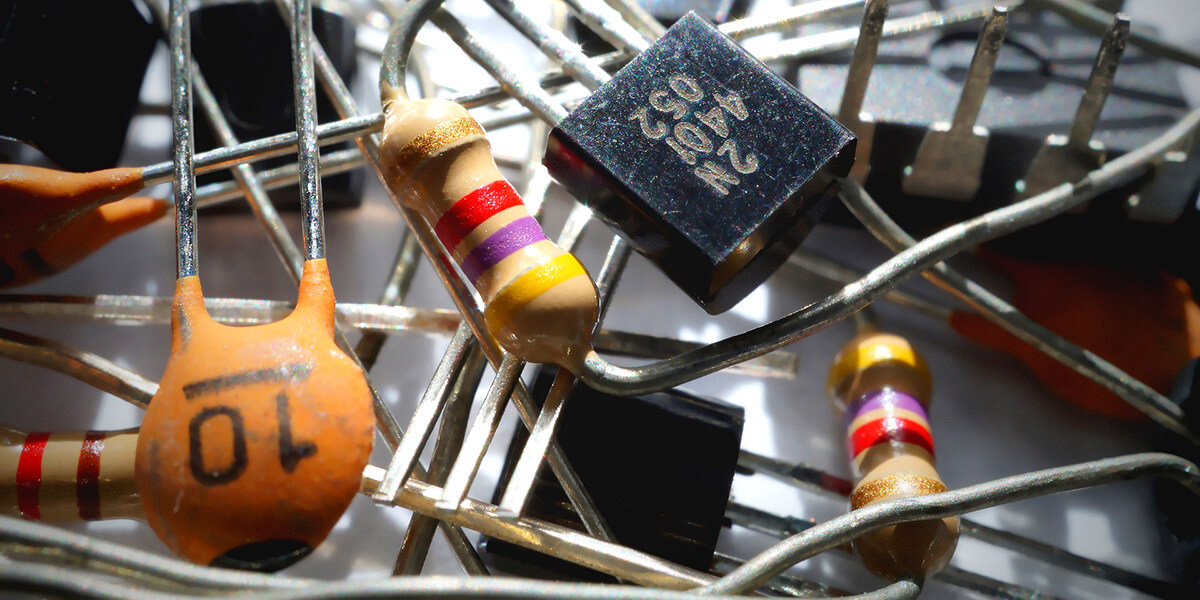How much better more expensive components are is about the same as how long pieces of string are.
There are several articles about sourcing/buying parts — read them.

wiki.pedalpcb.com
This is a list of the major parts suppliers that you’ll want to know about, along with a short review of each of them based on experience and the experience of others. Website: https…

aionfx.com
After giving a general overview of what stores are out there, it’s helpful to give an overview of parts sourcing from the component perspective—the best place to buy resistors, the best place to buy…

aionfx.com
Don't despair if you purchase the wrong part, because at some point you will.
You buy some 100nF capacitors for a boost circuit and discover you ordered 100F 2v7...
Some people will only buy Panasonic electrolytic caps or Nichicon — yet many get by with, and get/buy, Chang and Samxon...
Maybe you meant to get 470Ω resistors for a particular build but you wind up with 470k 1w (not to mention the 470Ω you needed were 1/8w) ;Maybe you get some brand of resistors that have super-thin leads, but they work; but you come to find you prefer another brand that has more robust leads.
So, yeah, there is a learning curve and it takes a while to really start to make sense of what you want/need vs what works/money-well-spent...
For example: I ordered some jacks that were a very good deal — what I received were jack-shaped-objects made out of such flimsy material that they wouldn't hold their shape beyond 2-3 x insertion of plugs. So, I had to re-order some jacks that were actual jacks and am stuck with some jack-shaped-objects ... want to buy some of my cool jack-shaped-earrings? I made them myself (
caveat emptor, they may stretch your ear-lobes a little).
Jacks is often an area where people won't compromise on $$$/quality; but is that generic film-cap really inferior to the Wima-branded caps? Are you sure those are real Wima caps and not fakes?
So...
What are you planning to build?
Welcome to the forum.


